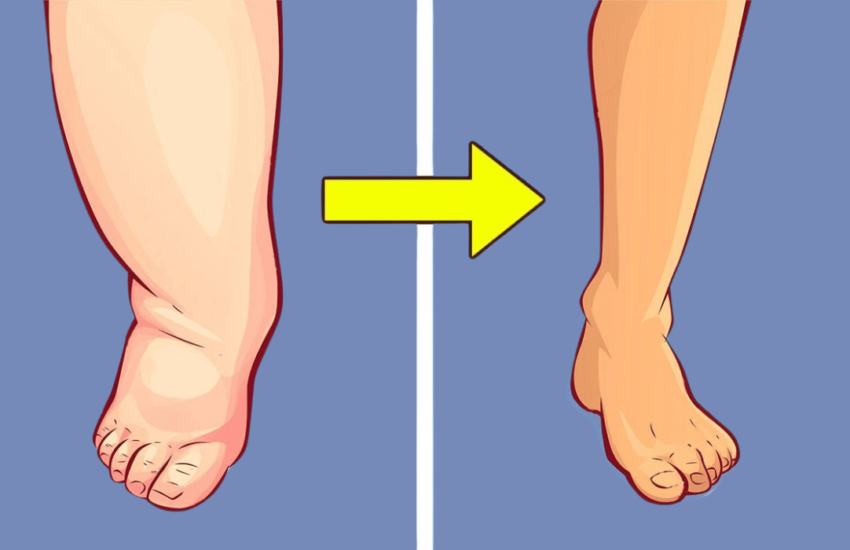Why You Should Stop Putting Toilet Paper on Public Toilet Seats
Public restrooms often raise hygiene concerns, with many people experiencing discomfort due to unpleasant odors upon entering a stall. However, the issue extends beyond just the smell—many individuals worry about the number of people who have previously used the same toilet seat. To avoid direct contact with the seat, a common practice is placing toilet paper as a protective barrier. However, experts suggest that this habit is not only ineffective but may actually increase bacterial exposure.
Are Public Toilet Seats Really a Health Hazard?
There is a widespread belief that public toilet seats are covered in bacteria that can lead to infections. However, scientific research contradicts this assumption. According to Dr. William Schaffner, an infectious disease specialist at Vanderbilt University Medical Center, the likelihood of contracting illnesses from toilet seats is extremely low. The reason is that most harmful bacteria do not survive long on dry, hard surfaces like toilet seats.
Why Toilet Paper is Not a Safe Option
While many believe that toilet paper creates a protective layer, it may actually be more of a risk than the seat itself. Research has shown that toilet paper in public restrooms is often exposed to airborne bacteria for long periods, making it an ideal carrier of germs.
By placing toilet paper on the seat, touching it, and then touching your face, you may unknowingly transfer bacteria to yourself. Instead of relying on toilet paper as a barrier, it is better to adopt more effective hygiene measures.
The Dirtiest Places in Public Restrooms
While toilet seats may not be the primary concern, other areas in public restrooms are known to harbor large amounts of bacteria. Some of the most contaminated surfaces include:
- Door handles and light switches – Frequently touched by many people, making them a hotspot for bacteria.
- Flush handles – Not everyone washes their hands before touching them, making them a high-risk area.
- Soap dispensers – Although soap helps eliminate germs, the dispensers themselves may contain bacteria due to frequent contact.
- Hand dryers – Studies indicate that electric hand dryers can spread bacteria up to six feet, making them less sanitary than paper towels.
How to Stay Clean in Public Restrooms
Instead of focusing on covering the toilet seat with paper, here are some practical steps to maintain hygiene in public restrooms:
- Wash your hands thoroughly – Washing with soap and water for at least 20 seconds is the most effective way to prevent infections. Be sure to scrub between fingers and under nails.
- Carry disinfectant wipes – Using alcohol-based wipes to clean surfaces you must touch can help reduce bacterial exposure.
- Avoid touching your face – Minimize contact with your eyes, nose, and mouth before washing your hands to prevent germ transmission.
- Use a paper towel to turn off faucets and open doors – This reduces the risk of picking up bacteria from frequently touched surfaces.
Final Thoughts
While it may seem like covering a toilet seat with toilet paper provides a protective barrier, scientific evidence suggests otherwise. Rather than worrying about the seat itself, it is far more important to focus on proper hand hygiene and avoiding contact with high-touch surfaces.
By following simple hygiene practices, you can reduce your exposure to bacteria in public restrooms and lower your chances of getting sick.


